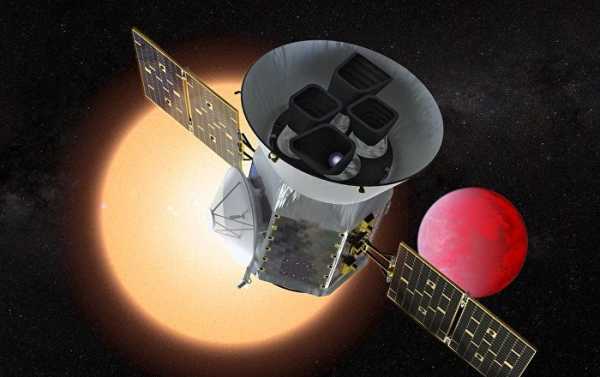
The new satellite is only the first step in the search for exoplanets atmosphere capable of supporting life. The second step, involving the launch of a space telescope will be held in 2020.
NASA plans to launch a new satellite called tess (Satellite the transiting exoplanet research) on April 16, 2018, which will be engaged in search of new planets that need to be studied for atmospheres capable of supporting life, according to the media reports Science alert. In this connection, Tess is going to replace its predecessor of Kepler, in the course of which it surveyed about 150,000 stars for planets of different types, some of which later was studied by means of a space telescope “Hubble”.
The Hubble will also be replaced with a choice (space telescope James Webb) and will have 6.5-metre mirrors that can collect more light than Hubble could not. Space telescope, scheduled for launch in 2020, will explore the so-called transitions — moments when the planets pass “in front” of their suns (including the telescope).
Solar rays passing through the atmosphere is partially absorbed by molecules in it. Studying the “exit” scientists rays to determine the content in the planet’s atmosphere. Telescopes on earth can do the same, but the efficiency of such an analysis, prevents our atmosphere, while space-based telescopes to obtain “clean” data.
But in order to study the planet, the choice should know where they are and which theoretically can have the atmosphere capable of supporting life — they should not be too far away or too close to its sun to have liquid water.
Tess will be the one to find these planets and add them to the database. He will watch every region of space within 30 days, looking for planets that failed to make the transition during this time. Any planet that can do this in such a time frame is located at a distance far enough away from its sun, and the water not turn into ice, thus giving him a chance for life to maintain the atmosphere.
Sourse: sputniknews.com






